Home » Battery Materials » How to test a battery? All about lithium battery test
How to test a battery? All about lithium battery test
The design of the battery system is mainly to optimize the performance of the battery under normal operating conditions and protect the cell as the main purpose, but the cell operating conditions are always beyond its normal operating range. Lithium ion battery test is generally divided into three categories: ① characterization and performance test; ② abuse test; ③ certification test.
Characterization and performance test evaluate changes in battery performance under specific test conditions. Characterization test often use cell tests to understand the basic performance of a cell, module, battery, or system under special conditions.
Abuse test evaluates the safety of a lithium ion battery by placing it in a failed state under abusive conditions. Abuse test includes overcharge test, high voltage test, needle test, short circuit test, drop test, etc.
The main purpose of the abuse test is to discover the limit conditions for the safe operation of the cell and battery pack. Certification test requires the completion of a complete set of battery test required by a certification body, with many different focuses. For example, the United Nations has developed testing standards for the transport of dangerous goods to ensure that goods can be transported by ship, air or road.
During battery system design, battery engineers should gather sufficient information to meet customer requirements when formulating design, validation, planning, and reporting protocols. The design, validation, planning, and reporting protocols should include specific details of all tests to be performed, including the number of battery test units, duration of tests, test locations, and criteria for battery test failure or success.
The table below provides an example of designing, validating, planning, and reporting a solution. In addition to the above mentioned tests to be completed, battery test related requirements, certification criteria and pass criteria, the solution also includes a battery test report with accurate records. The report is up to date, and the design and testing process is usually documented in tables, which is simple and easy to manage.
Battery test and Characterization
Battery performance testing usually occurs in several phases, starting with battery characteristics. The purpose of battery characterization is to determine how the battery is performed under certain operating standards.
This allows systems engineers to design a system that ensures the battery does not operate outside this range. Characterization is typically a series of charge/discharge cycles, performed over multiple temperature ranges during the same battery test cycle.
Characterization battery test typically use a “circulator” or “channel” that provides current and power to the battery, module, or battery pack, which is controlled by a separate unit that provides programmable characteristics, and finally the battery test is performed in a hot box.
Make sure the battery experiences the same temperature during the battery test. The hot box enables the battery, module, or battery pack to be tested at a specific temperature, generally -40 to 60℃ and above.
In addition to performance testing, a certain amount of cycle life testing must be carried out during the characterization phase. The purpose of this battery test is to ensure that the battery meets the required power and energy at the end of its useful life and that the battery meets its warranty objectives.
The characterization test consists of many tests, of which the loop test may be the longest running part of the characterization test, lasting up to a year depending on the battery size.
For example, it is common to see that the cycle life test of battery of large 10~16kWh plug-in hybrid electric vehicle or pure electric vehicle takes 400~420 days to complete, because in the charge and discharge test, the electric energy must be fully charged or discharged, and the charging (cycle) and resting period are required during the discharge and charging of the battery pack.
In this example, you can be lucky enough to complete a loop every day. For example, if you test the battery of the Chevrolet Volt with 10.5kWh of usable energy at 120V and 15A (about 1℃), you need to fully charge the battery in 3 to 4 hours and then discharge the battery again.
If the battery is charged and discharged once a day for 10 years, 365 times a year and 3,650 times in 10 years. So even with three cycles per day, it would take over 1200 days (over 3 years) to complete this battery test plan!
If a single cell is tested, especially when the cell is relatively small, it can be circulated multiple times per day. When designing, verifying, planning, and reporting protocols, cycle life tests must be performed on the final product. Therefore, to save time, the final product can be tested directly.
The FreedomCAR Battery Testing Manual was developed by the Advanced Battery Alliance in 2003, and the battery test including:
▎Static capacity test – The purpose of this battery test is to define the battery capacity at a specific discharge rate.
▎Capacity loss – Tests the loss of irreversible capacity at a specific rate.
▎Hybrid Power Pulse Characterization (HPPC)Test – Tests whether the cell or battery can meet performance targets. Hybrid pulse characterization tests are relatively simple, generally involving a very short discharge time, stagnation for a period of time before charging, and then repeating these processes.
After these tests, a lot of data can be obtained, including the relationship between discharge depth and impedance, pulse power capacity, energy and power availability at different discharge depths, power and energy loss in the cycle process, maximum and minimum discharge values of the battery, heat released during operation, etc.
The remaining characterization tests should also be included in the design, validation, planning, and reporting protocols:
▎Self-discharge test – Helps battery design determine energy loss during battery storage.
▎Cold start test – Tests how much power the battery can provide to start or restart the car at low temperatures.
▎Thermal performance test – Availability of power and energy at different temperatures.
▎Energy efficiency test – Overall system energy efficiency, energy loss during operation.
▎Cycle life test – How many graphs can be recycled in a preset run environment.
▎Time life test – Determine how long the battery can run.
This is just one example of many tests of representation. In industrial and consumer applications, some characterization tests are similar and some are completely different.
Assessment tests based on lead-acid batteries have been applied in the field of lithium ion batteries. Although this battery test is mainly for batteries and start/kill batteries, it is also a good reference for starting/stopping lithium ion batteries.
Safety and Abuse test
Safety and abuse battery test covers a wide range of subjects, including overcharging of individual cells or entire batteries, pinprick tests of cells and batteries, simulated impact and vibration tests, spraying corrosive salt solution and gravel on battery enclosures, and high-pressure water shock.
Not all applications require testing the above items. When selecting safety and abuse tests, tests should be selective based on market, application, and geographic location.
The FreedomCAR Electric and hybrid Electric Vehicle Abuse Testing Manual issued by Sandia National Laboratories in 2006 provides a good power battery abuse testing framework, testing conditions and data to be recorded.
The FreedomCAR abuse battery test is mainly divided into three categories:
▎Mechanical abuse test – Includes impact, pin, fall, immersion, rollover, vibration.
▎Thermal abuse test – Includes heat resistance, simulated fuel fire, high temperature storage, quick charge and quick discharge, thermal shock.
▎Test for electrical abuse – Overcharge, high voltage, short circuit, overdischarge and voltage reversal, partial short circuit.
The FreedomCAR electric and hybrid electric vehicle abuse test is based on the first abuse test guidelines developed by the Advanced Battery Alliance in 1999. Many of FreedomCAR’s tests are also included in the USCAR Abuse Test.
USCAR abuse tests include:
▎Mechanical abuse tests – impact, fall, needling, rollover, infiltration and extrusion.
▎Thermal abuse testing – thermal radiation, heat resistance, thermal insulation neutral, overheating/thermal runaway, thermal shock, high temperature storage tests.
▎Power abuse test – short circuit, partial short circuit, overcharge, overdischarge, voltage reversal.
Vibration Test of electrochemical Energy Storage System:
In both the United States and Europe, the results of abuse tests are almost all evaluated using the FreedomCAR hazard level or EUCAR hazard level (see Table1). The two systems are the same. The FreedomCAR system was developed based on the EUCAR system, so essentially, The two systems share the same abuse test and evaluation system. In practice, most lithium-ion battery manufacturers around the world recognize these two evaluation systems.
The evaluation system level ranges from 0 to 7. Level 0 means there is no impact on the cell or battery, while level 7 is considered to cause an explosion or rapid energy release of the battery system. The ideal result is that at stages 0, 1 and 2, passive protection is turned on, causing minor damage but without gas, fire, rupture and structural looseness.
Levels 4 to 7 are more difficult to resolve and generally require additional system protection measures. When the cell gas, electrolyte loss of more than 50%, can be considered as level 4; When tested to flame or battery fire, can be considered level 5; Cell rupture, but no material splashing out, can be considered as level 6; It is considered level 7 when the battery explodes, the battery parts fly outward, and the core structure collapses.
In 2014, Pacific Northwest National Laboratory (PNNL) formulated codes and standards related to the safety of energy storage systems, which include all laws, regulations, guidelines, standards and regulations for the development, testing, certification and installation of all industrial, grid, fixed and household energy storage systems.
As the use of lithium-ion battery energy storage systems continues to grow, laws and regulations need to adapt to technology, and this specification and standard plays an exemplary role.
Certification Battery Test
The certification test mainly has two objectives:
①to prove whether the product is suitable for a certain field, such as DNV test, mainly to prove whether the battery pack is suitable for the Marine field; Battery test by the National Highway Traffic Safety Administration (NHTSA) to determine whether battery packs can be used in motor vehicles; Underwriters Laboratories (UL) battery test verify that batteries are suitable for use in household appliances and household life.
② Ensure the safety of personnel and equipment in the process of transportation. This is mainly determined by the United Nations proposals on the transport of dangerous goods, which are implemented by different countries in conjunction with their own transport regulations.
United Nations Standards for the Transport of Dangerous Goods:
A transport battery test manual for lithium-ion was developed after several major accidents involving them in the air. Section 38.3 of the United Nations Manual on the Transport of Dangerous Goods makes it clear that lithium metal and lithium ion batteries are required to pass the tests referred to in the manual before transport. Section 38.3 describes very detailed testing methods for lithium ion batteries to ensure the safety of personnel and other equipment during transportation of lithium ion batteries.
The U.S. Transportation Bureau (U.S. Dot) and many other countries recognize only United Nations certification battery test for the transportation of dangerous goods. Some countries, however, require batteries to be tested at home before they are manufactured there.
United Nations manuals vary on cell, module and battery pack certification tests, but generally contain eight items.
Not all of the eight tests must be performed, but must be evaluated to determine whether they need to be completed. For example, if the manual indicates that the battery is not overcharged, the T7 overcharge battery test may not be carried out.
This had to be tested at the time and was later waived by most battery companies. The main reason is that most cells and small battery packs are not installed with overcharge protection, and the battery test will certainly fail, but the subsequent battery system will be designed and installed with appropriate overcharge protection, so there is no need to perform an overcharge test for the cell.
Similarly, for large battery test, recertification is not required after passing the cell and module tests. Battery test costs $10, 000 to $15, 000 for plug-in hybrids, pure electric vehicles, and fixed-design battery packs, and is extremely expensive for multiple packs. That is why the UN has proposed eliminating the need to limit the number of battery packs certified after passing cell and module tests.
The United Nations manual states: When the battery has passed all the tests and is electrically connected, the weight exceeds 500g or the energy exceeds 6200Wh, and the protection measures of internal short circuit, overcharge, overdischarge and overheating are taken, the certification test of the electrically connected battery pack shall not be carried out.
Underwriters Laboratory certification Standard for lithium ion Batteries
Underwrters Laboratory (UL) is very active in lithium ion battery certification testing. Most UL certification and standards efforts focus on non-power lithium-ion battery applications, particularly in mobile power supplies, home appliances, and industrial and commercial applications.
Although UL and the International Electrotechnical Commission (IEC) had made great strides in power battery certification, battery manufacturers were reluctant to conduct certification testing. Organizations such as the Society of Automotive Engineers (SAE), which conducts extensive battery test after a battery is produced, are reluctant to spend extra money to repeat such testing.
At present, UL still collaborates with some power vehicle organizations, such as SAE and IEC, but their certification test representations focus on mobile and home power supplies. UL developed 2580 Electric Vehicle Battery Application Standard in 2014 to simulate battery performance under abusive conditions.
This standard contains tests required by some power vehicle manufacturers and the United Nations manual, including a series of electrical, mechanical and environmental tests. So UL battery test covers a wider range, but has not been widely accepted by manufacturers.
A comparison list of UL test terms and applicable lithium ion batteries is as follows:
▎UL 1642 Lithium ion battery cell
▎UL 1973 Lithium ion batteries for light rail and fixed design applications
▎UL 1989 Spare battery
▎UL 2054 Alkaline battery or Lithium ion battery pack/alkaline battery pack
▎UL 2271 Power battery for light electric vehicle
▎UL 2580 Power battery
▎ULCSA/EC 60950 (generally used with UL, 2054)
▎UL/CSA/IEC 60065 Batteries for Audio and video Equipment applications
Maritime Certification
Lithium-ion batteries must pass DNV-GL, Lloyd’s and ABS certification tests before they can be used in Marine applications. These organizations are in the early stages of certifying lithium-ion batteries for Marine applications. The three agencies have published a new set of reliability standards for lithium-ion battery packs and systems, but not yet for cell levels.
The above is all the important battery test. We’ve also written a series of how-to articles on battery like how to deal with swollen battery, hope you can find useful information here.

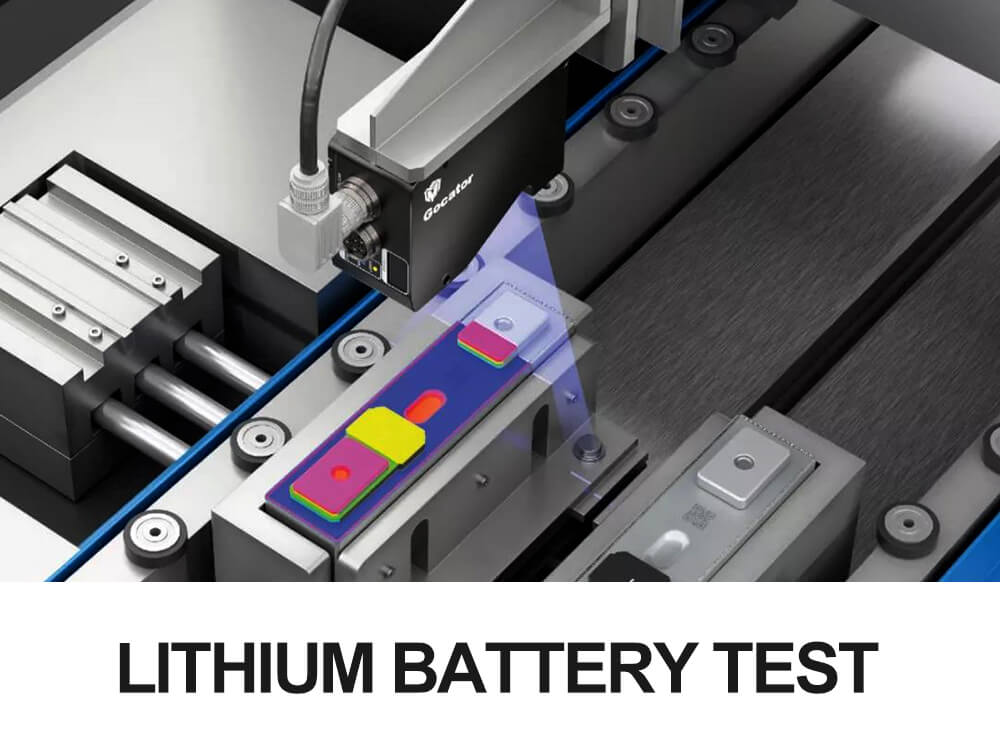

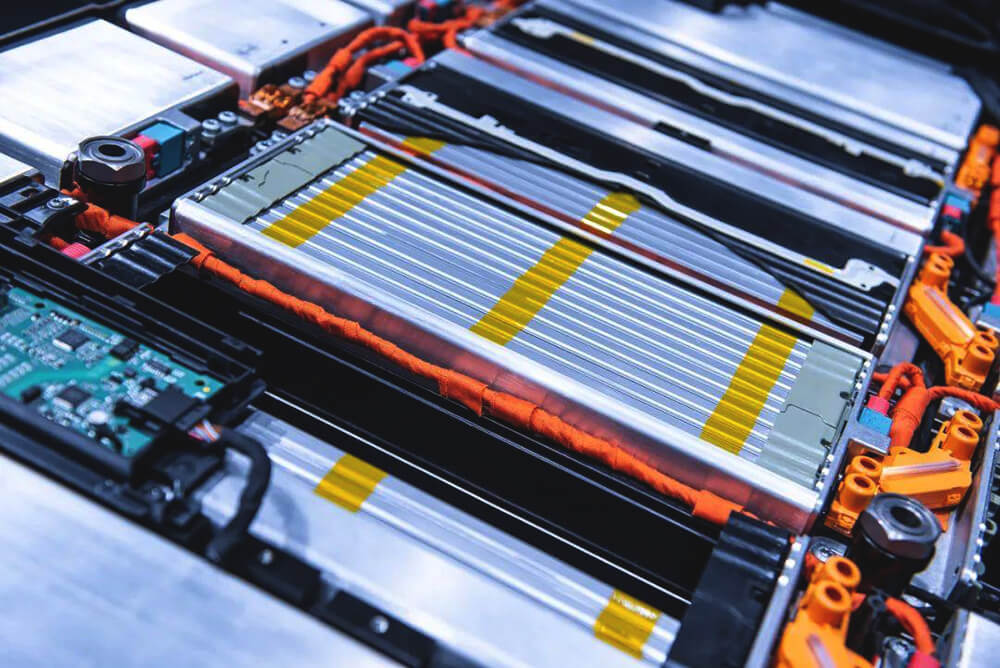
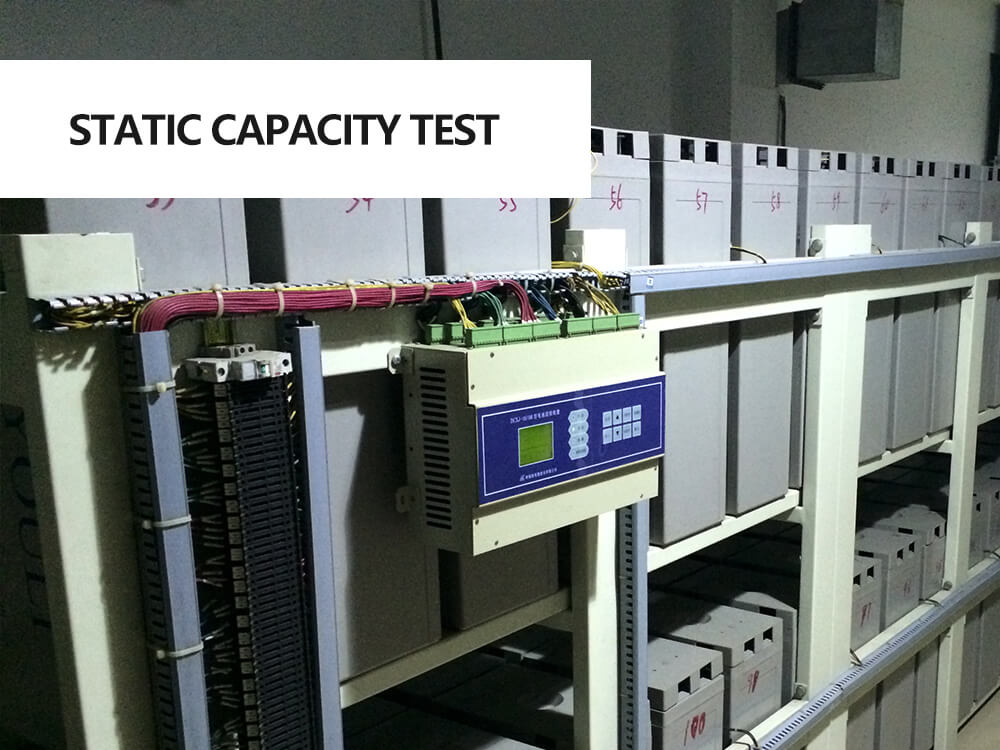
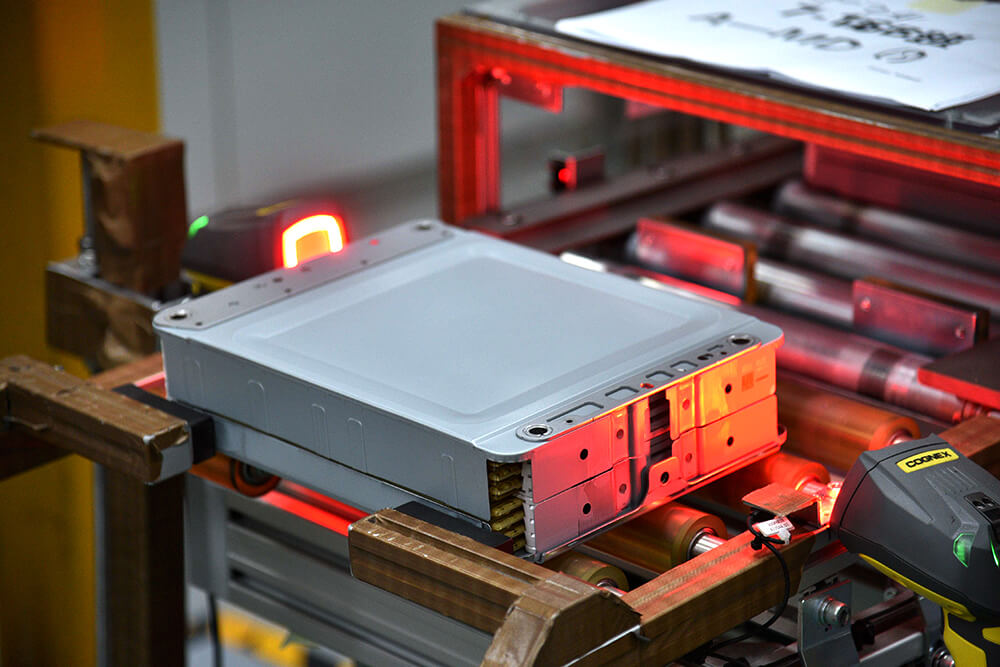
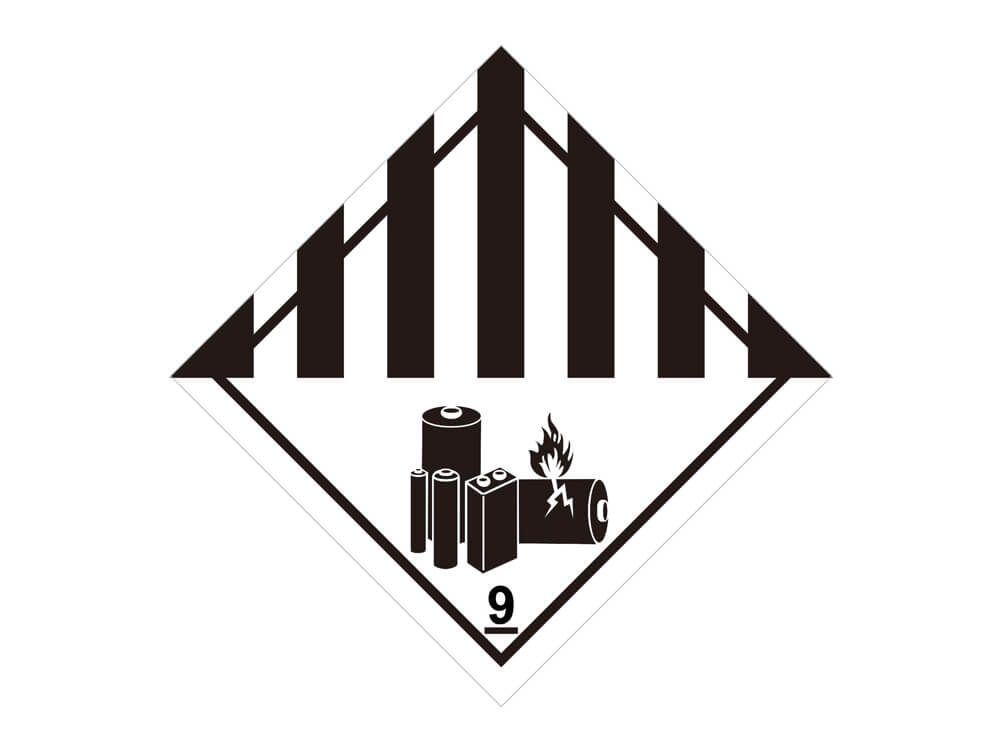



















2 thoughts on “How to test a battery? All about lithium battery test”
Hi, i think that i saw you visited my web site thus i came to “return the
favor”.I am attempting to find things to enhance my web site!I suppose its ok
to use a few of your ideas!!
This post is really a nice one it assists new web users,
who are wishing for blogging.